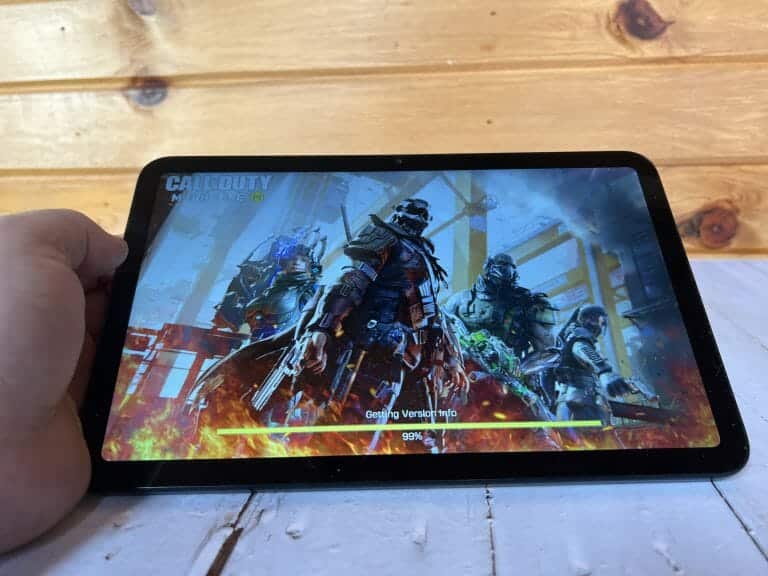Embracing Unity: A Concept of Leadership (Part 2)
[ad_1]
In today’s blog, we explore the adoption of Oneness as a leadership concept: Part 2.
since i write Part 1 From this series of blogs, I have received excellent feedback from readers and fans on how they see this idea of unitary leadership playing out in their various circles, organizational or social. Thank you all for your comments.
From a personal perspective, in the last few weeks I gave two keynote speeches at different events. I used the concept of unity at the heart of each main message; exploring what it means both individually and collectively or in groups. At both events, they were well received.
The first keynote address was delivered to the AI Tech North conference audience on ‘Leading with AI and Emotional Intelligence for Growth’.
With the second keynote, I was with a group of young career starters and alumni from The Sutton Trust during their Online Festival. I talked about ‘Building Authentic Personal Brands’ for career progression and success in life.
In Part 2 of Embracing Unity as a Leadership Concept, we discuss how to adapt unity in leadership. To refresh your memory, let’s reflect on what we discussed in Part 1. We discuss a definition of Unit, how it derives from the Human-Centered Growth and Leadership model, and share some practical advice.
How to evolve your leadership style using the unity concept
Using Oneness, as a leadership concept, means establishing the vision and execution plans that lead everyone to exactly the same page. This ensures that all parties involved have their interests taken care of. In other words, all stakeholders understand their intrinsic role, contribution, and benefits to a particular goal.
exactly the same page. This ensures that all parties involved have their interests taken care of. In other words, all stakeholders understand their intrinsic role, contribution, and benefits to a particular goal.
Illustrated below is a simple, tried and tested way to adapt Oneness as part of your leadership style:
- Assess and communicate the impact of the change you need to implement to all stakeholders
- Allow feedback from others, then create a 360-degree view of the desired future outcome
- Make sure everyone buys and is willing to contribute their part to make the vision and the newly evolved world a reality.
The BBC Oneness Leadership Case Study
Shortly after I came up with the concept of unity in action, I saw a BBC One advert on TV. It was about BBC One promoting the unit.
The BBC One ‘Unity’ Identifiers they are a set of on-screen channel identities used on BBC One; originally commissioned with renowned photographer Michael Parr. Used since January 1, 2017, the identifiers present groups of people who carry out activities in daily life, with the aim of showing them united in various ways and with a common vision: to be part of BBC One.*

Although the initial acceptance of the concept was not great, these unit identifiers continue to grow larger and larger with each iteration of the advertising concept. It has become even more popular since the 2020 pandemic. They have been updated to reflect the lockdown; with people coming together from their homes and beyond with the power of technology and of course BBC One.
Although the key message of these identifiers comes from the perspective of what BBC One has to offer, if you look at it from a very basic level, it is not very different from the concept of unity that we are discussing here.
Makes me think how similar it is to Meres Consult Adaptability Change model for unit leadership. It is about bringing together and powerfully leading all facets of an organization: people (internal/external), processes and technologies towards the desired visionary growth. The blueprint outlines how leaders can accept, support, evaluate, and co-create with these facets to achieve this desired expansion of their current reality.
One thing to understand is that this concept works for visionary leaders, but it can also be learned and adopted with any leadership style.
practical advice
- Everyone is a leader. Take a look at your personal and/or people leadership and ask yourself ‘How could I embrace unity as a leadership concept’? Then write your answer. Writing is a great way to bring abstract thinking to life.
- If you haven’t already, download your Meres adaptability change model for some good advice and a model.
- Need additional help or have questions? Reserve Complimentary leadership style review here
In case you missed it Part 1 of this blog series, here is a reminder.
Finally, remember that adopting Unity as a Leadership Concept is about focusing on a unified vision; that considers the needs of all involved; as we move towards exponential growth or adapt to our new economic or business environments.
Maggie Sarfo is a passionate author, speaker, advisor, and mentor to inspirational leaders and organizations looking to adapt for exponential growth or access their full potential. East his blog is his playground, where he explores the topics of leadership, business growth, personal growth, purpose, and peak performance. Learn more about their programs.
*Source - Wikipedia Picture Attribute: freepik.com
[ad_2]







